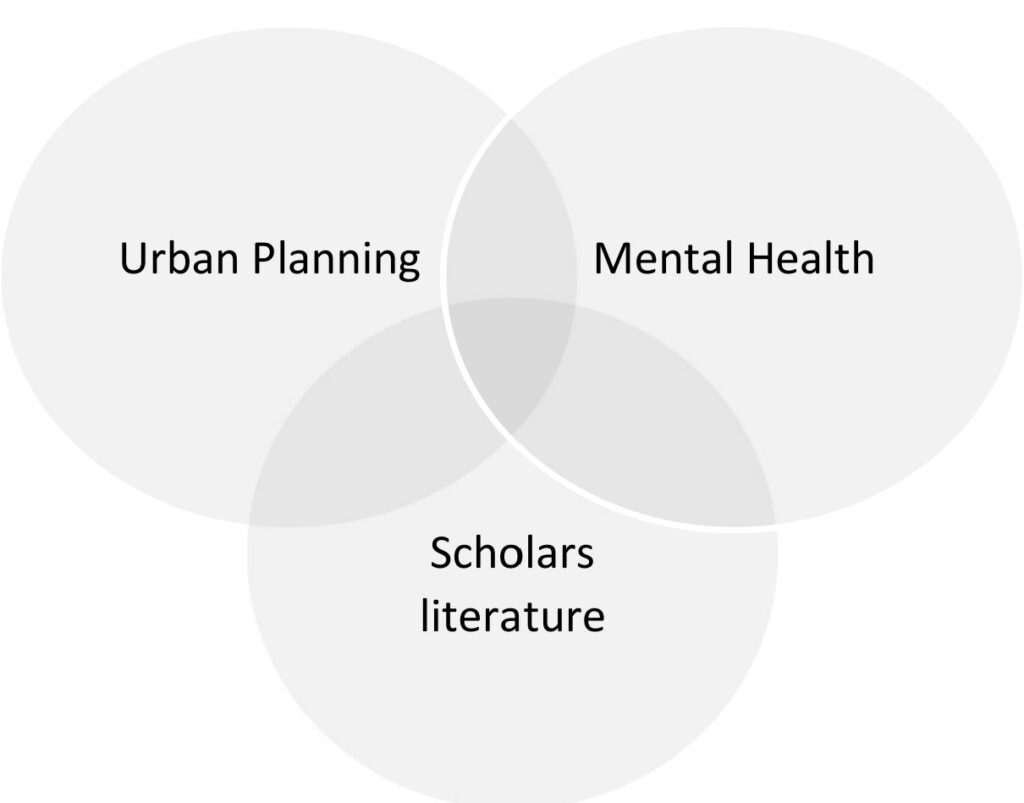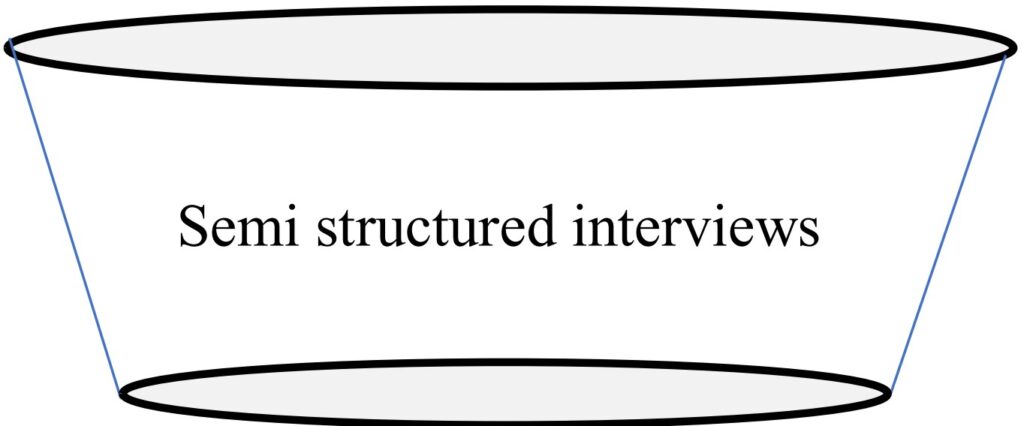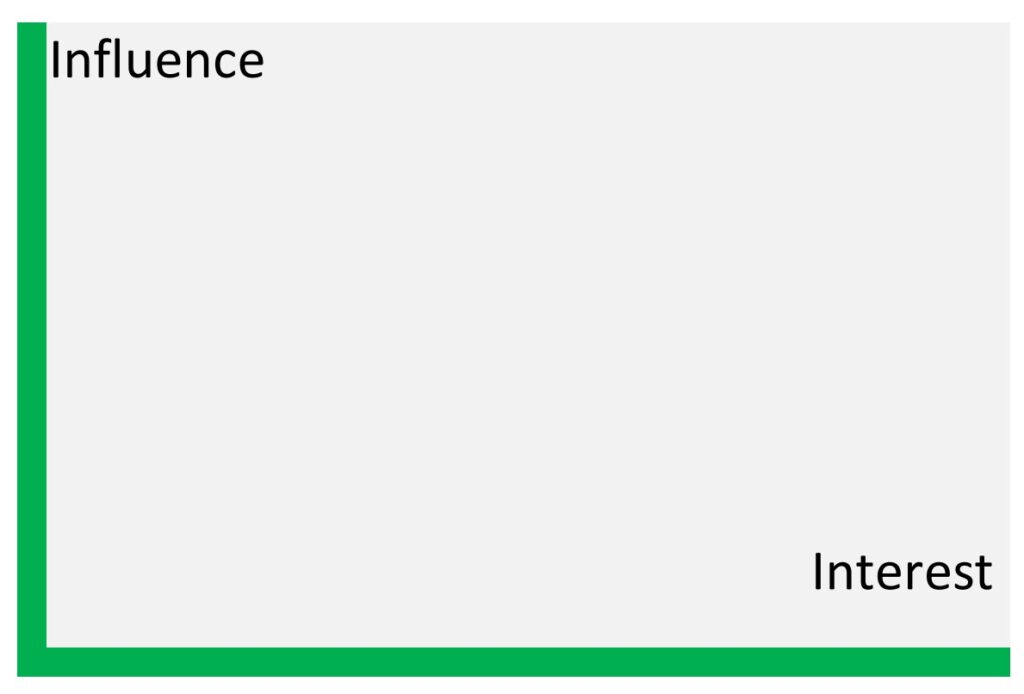
Methodology
«Give me six hours to chop down a tree and I will spend the first four sharpening the axe».
Abraham Lincoln.
Collect -> Think -> Analyse -> Conclude
Step 1

Through a conscious literature review on Madrid’s Urban Planning settings, Mental Health status quo and what previous academics have studied, we will comply a secondary archive data collection. Legal regulations, statistics, media opinion and actors’ browsing should be the main focus. While doing so, scholars literature might inspire the most adequate approach. Steps 1.a and 1.b must be reciprocally informative
Then, jumping into a primary data collection, UD/MH semi-structured interviews draft will be used as a model adapted to this paper’s interests and needs. Targeted interviewed people will be chosen under their job’s position relevance regarding their stakeholder influence in Madrid’s Urban Planning ambiance (planners, architects, public officers), professional involvement in adolescent Mental Health or participance in youngsters’ associations. Non-random sampling selection will be used using snowball technique.

Step 2


A qualitative evaluation will be conducted on the major findings in steps (1.a) and (1.b), identifying if and how pro-social spaces have been embedded by Urban Planners and to which account they might help foster adolescents’ mental resistance to psychological distress. SWOT Analysis will be applied to the Urban Planning settings only considering the relevant variable to social connections promotion on adolescents. Stakeholder mapping should grant a picture on who is influencing and enjoying these spaces.